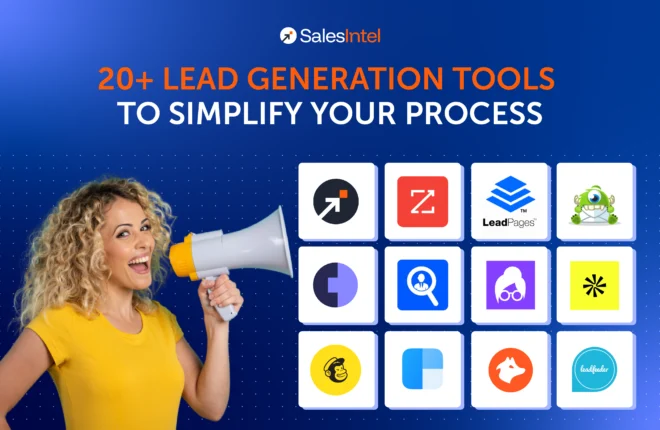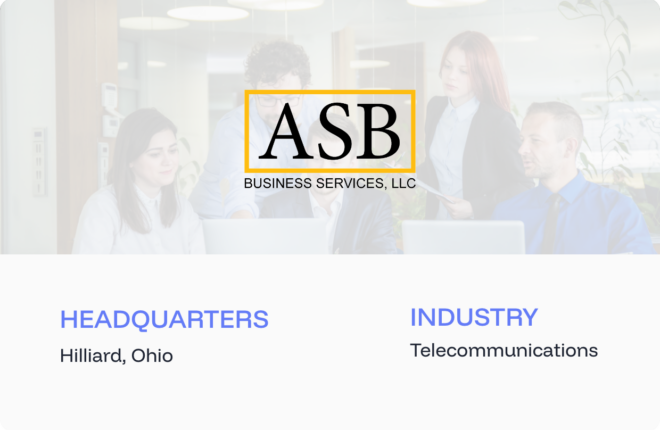Artificial Intelligence (AI) is changing the way we work, think, and execute our strategies. The need and effectiveness of AI have spread across different industries – whether it is education with AI learning platforms, healthcare with advanced software, or manufacturing with AI-backed machines and operations. AI has marked a 54% growth year on year for the last 2 years.
While AI is one of the hottest buzzwords in the market for the past couple of years, marketers and sales leaders are still finding it hard to create a need for their product. Often AI vendors try to hype the idea to attract the eyeballs of potential buyers.
However, frequently the hype gets out of control. The practical facts get buried under over-commitment, and the core of AI ends up being sci-fi. As a result, businesses that are looking for AI solutions lose trust in the practicality of AI and the commitments made by the vendors. Losing trust is just one of the many difficulties faced by the sales reps selling AI solutions.
What Leads to Failures in Selling AI?
AI is a huge ocean of opportunities, especially in the post-COVID market. According to the Gartner report, AI will add $2.9 trillion in business value by 2021. So, why sales reps are finding it difficult to close deals?
Let’s try to analyze the sales process and challenges associated with each stage.
1. Uncertainty at the Opening Call/Meeting
AI companies find themselves explaining what AI is and isn’t, and why it’s needed. After a long initial discussion, they start introducing their AI product to the prospects. A major portion of the opening call/meeting is spent explaining the features and benefits of the product. What often lacks here is pitching to the right person and knowing their interest.
Once the client is satisfied or shows interest then the follow-up meeting is set with the technical team. This is where you need to make the most of the opportunity. However, it is not as easy as it may look as the technical team is often reluctant to add new technology to their infrastructure. There are times when you are not prepared to address what technology your prospects already use in their tech stack. So, there might be back and forth in deciding whether your solution is compatible with your prospect’s tech stack.
Once you answered all the technical queries and all the possible ifs and buts, you finally share the proposal and pricing. However, you end up landing in the POC (proof of concept) request, and they expect that the POC should be free.
2. The Valueless POC
So, you build a POC, which takes a couple of months, and then present it to an even larger group of people. The IT team is uncertain about your techniques and how it can be added into their tech stack without affecting the systems, and the end-users are raising concerns that the AI could take their work. Yet everyone agrees to bring your idea on board. You will then apply the request for a development application. But all the talks are about technology, deployment, and the cost of technology.
3. The Endless Pilot Implementation (you can call it POC Version-2.0)
Sometimes the POC has been led by IT to “test the technology” meaning that the use case selected is useless. As a result, the company needs to go through a pilot process to deploy the AI to see if there is a positive ROI. The pilot requires more work on your part. While you get paid for the work done, you don’t get the opportunity to make any recurring revenue from it. In certain cases, the pilot project implementation may take a few months or even half a year.
4. Closing the Deal
Now, let’s come to the crucial stage – when you actually try to close the deal. Your prospect’s (who is about to convert into your client) eyeballs now focus on the pricing you quoted earlier in the proposal. However, it doesn’t account for all your efforts, and resources (in terms of time, manpower, and money) you spent to reach this stage.
The price is then compared with the outcome of the pilot project. Even if the results are satisfactory, you often get feedback that the product is strong. But still, there will be some reasons to delay the implementation. If you decode the situation, they are trying to convey to you that they liked your product, but they don’t have the budget to go further for the complete installation.
Why are these challenges often faced while selling AI?
The answer is the lack of data that can help you understand and target your prospects better. You need the data that can help you to shortlist the best prospects to close based on the firmographic, technographic, and Buyer Intent Data.
Why Data Can Help You Bag More Deals
Data is at the center of all the challenges discussed above. By leveraging the power of your company data, you can have a better idea of who you should be talking to, who you should reach out to them, and what you should be talking about.
Here are three primary reasons why you should use data while selling your AI product.
1. Deeper Understanding
It’s hard to get a complete and realistic picture of an organization unless you’re using detailed facts. When you base your ideal customer profile only on expectations, you are prone to make decisions that you don’t even realize you’re making. You overlook the data and realities that do not fit the exact vision in your mind.
The more you understand your client, the better you can market them. You can develop goods and services that meet their needs and proactively detect trends in buying intentions and behavior.
2. Focused and Tailored Sales Approach
There is no one-size-fits-all strategy when it comes to selling an AI product and idea. The marketing messages you share should be specific to each of the potential buyers you are targeting.
It’s not a wise decision to consider two companies similar and keep the same messaging while selling, even though you’re selling the same product with a few modifications here and there. That’s why you need firmographic, technographic, and buyer Intent Data to segment your audiences and target each segment with a clear, meaningful message.
3. Engage the Entire Buying Center
One of the key differences in selling AI products compared to selling other products or services is that buying-decisions are driven by a buying committee of around 5-7 decision-makers.
For you to be able to conclude an arrangement, you must persuade all of them. Any decision-maker can block your proposal or can be a strong influencer for your competitor. Before you initiate your outreach campaign, you need to pay careful attention to figure out their buying committee who should all be reached out to simultaneously.
Using AI to Sell AI
SalesIntel is a platform that allows you to connect fresh, verified data to your current B2B data and prospecting lists. You can access the industry’s most reliable and detailed B2B data, including firmographic and technographic data about your ideal company profile along with access to buyer Intent Data.
SalesIntel is helping you:
1. Get Advanced-Level B2B Info:
Get access to millions of human-verified companies and get in touch with a few clicks from our data portal to take your sales approach to the next level.
2. Get Direct Work Mobile Numbers:
Work mobile numbers have a 7X higher connection score. SalesIntel has millions of direct work mobile numbers so that you can get to the decision-maker right away and use that time for more critical activities than waiting for the gatekeeper or leaving a voicemail.
3. Track Buying Signals of Your Potential Buyers:
You should find and reach out to companies who are still searching for a solution that can easily leap into the buying stages and shorten the sales time. Uncover the signs of prospective buyers by learning what your prospects are interested in before you meet them with Intent Data.
On a closing note, though selling AI is an intricate process with various moving parts, the data remains the nucleus around which everything else revolves. From research and prospecting to nurturing and sales interaction, the right data holds the secret to creating more opportunities and closing deals more efficiently.





